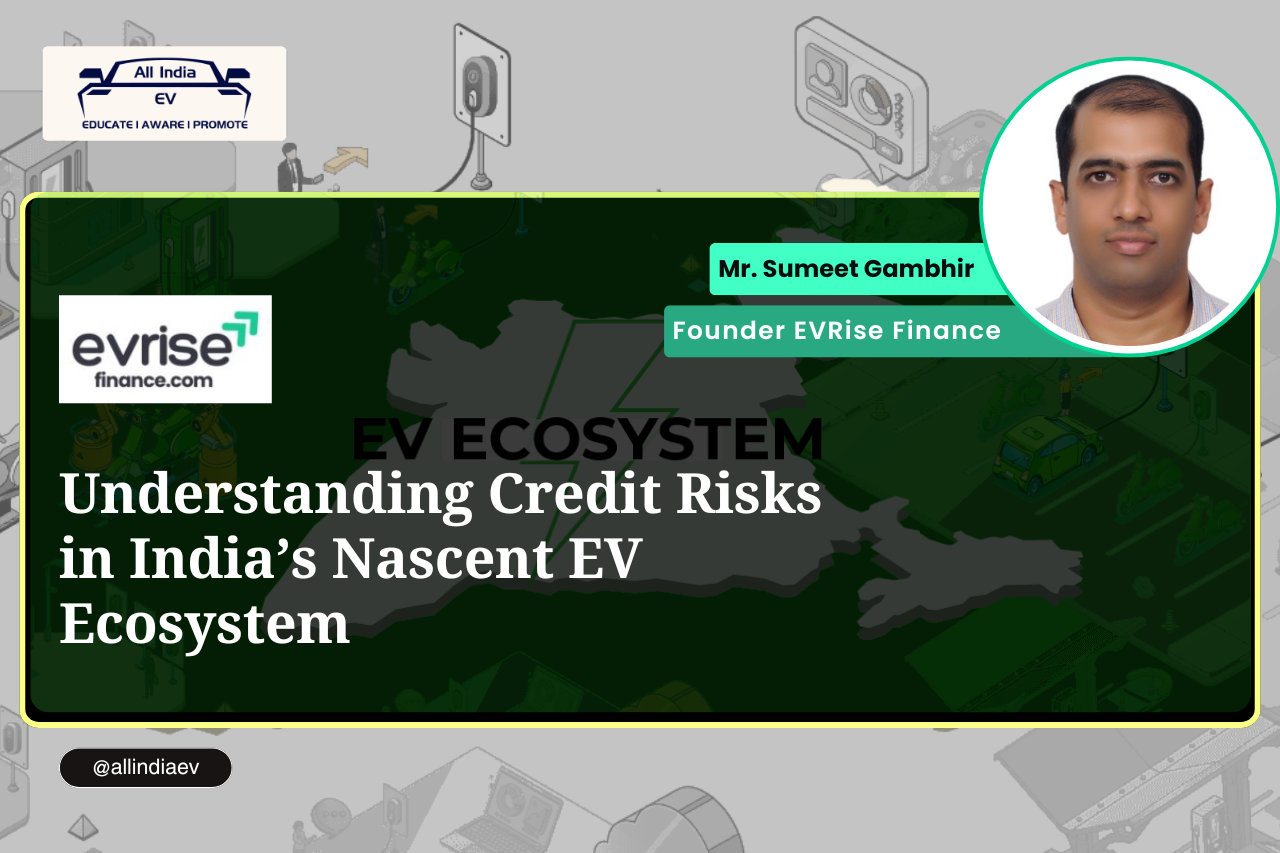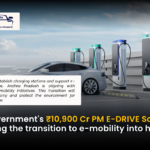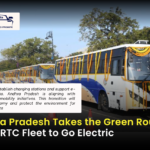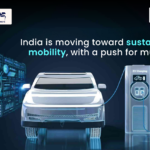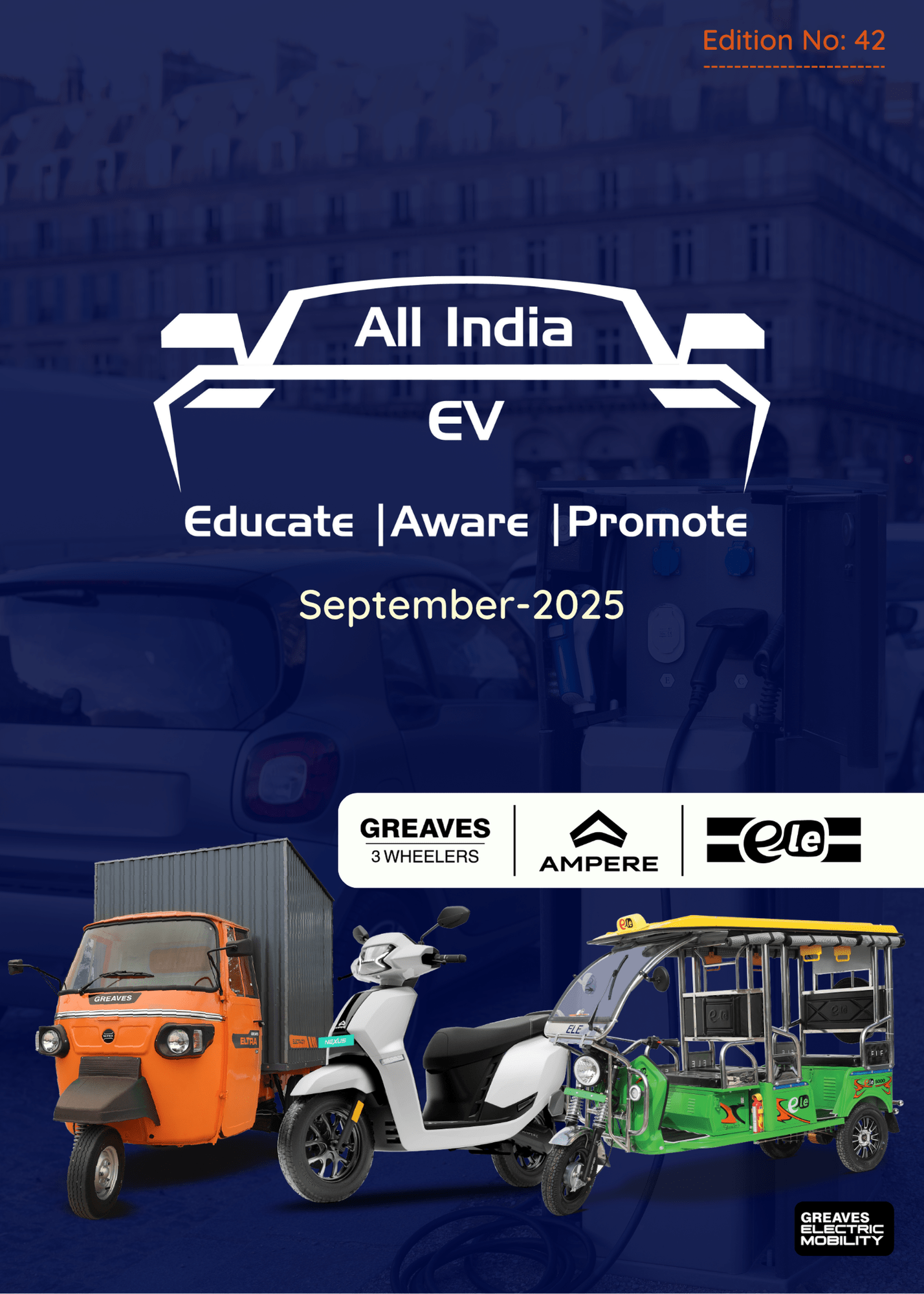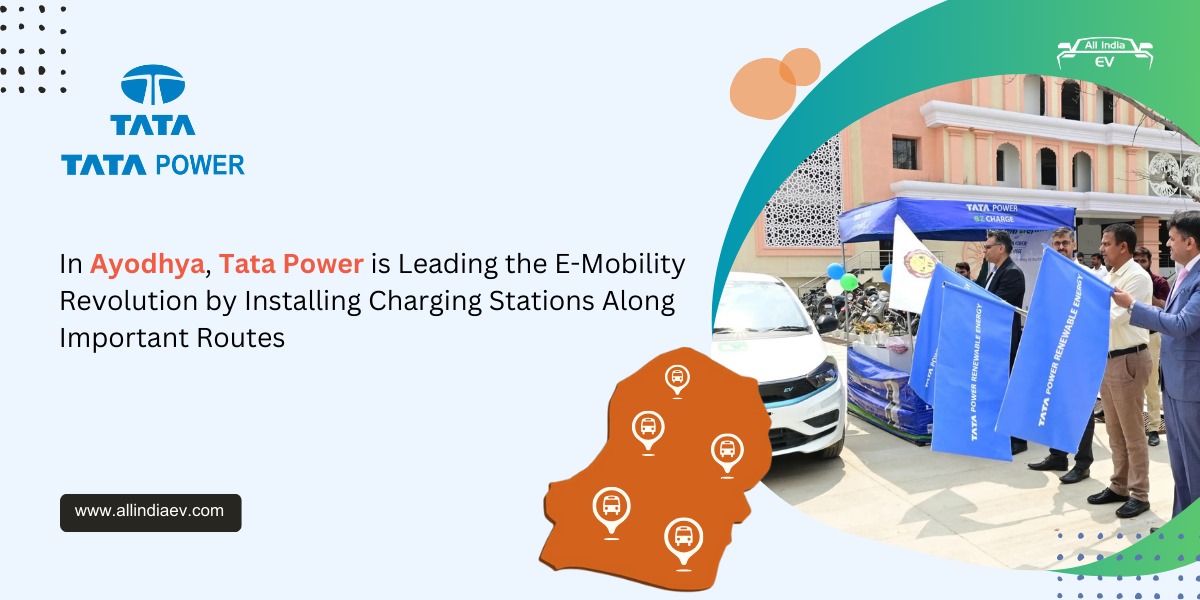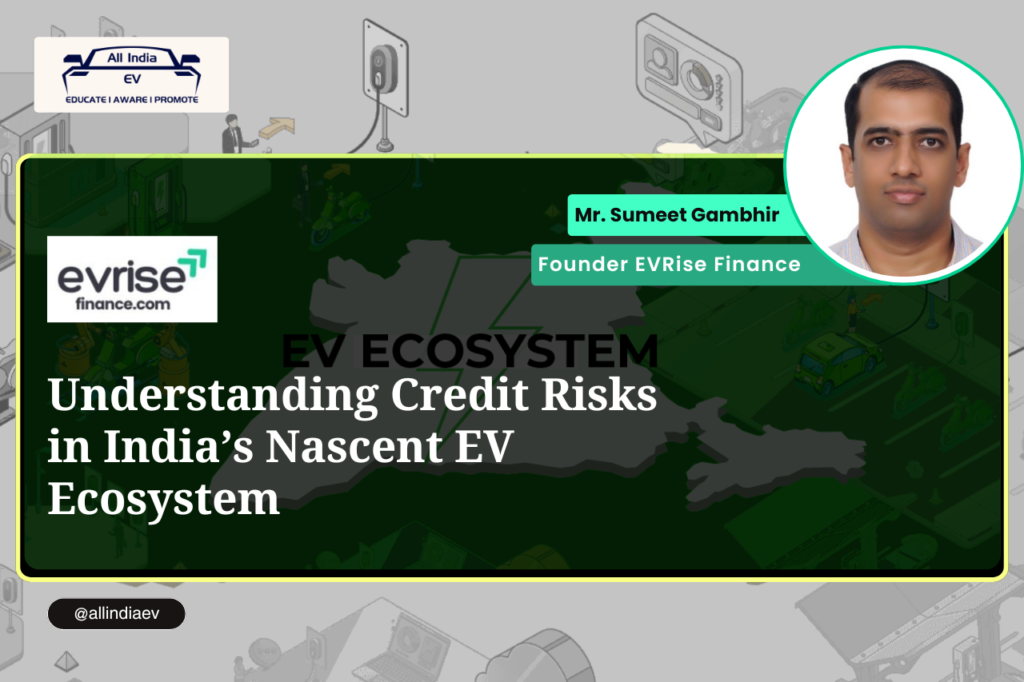
With the rapid expansion of e-commerce and a national mandate for 100% fleet electrification, there is surging demand for debt capital from EV operators across all vehicle categories.
By the very nature of their business, SME lenders tend to be conservative. Their returns on lending are capped, even if the borrower performs exceptionally well, while they bear 100% of the downside risk if the borrower’s business falters.
This inherent conservatism becomes even more pronounced when lending to businesses in nascent industries such as Electric Vehicles (EVs).
Why Lenders Remain Cautious on EV Financing
Although the EV industry is experiencing accelerated growth, several factors continue to warrant caution among lenders.
These include evolving technologies, an underdeveloped resale market for EV assets, and OEMs still navigating the learning curve for providing timely service and maintaining vehicle uptime.
These risks compel lenders to be selective and measured in capital deployment to emerging EV businesses.
Balancing Asset Risk and Credit Risk
In secured lending, such as EV financing, lenders typically evaluate asset risk separately from credit risk and attempt to mitigate one with the other. However, this risk-balancing strategy has its limits, often resulting in low to moderate loan approval rates.
Once approved, loan pricing reflects a combination of expected credit losses, cost of funds, operational expenses, and target margins.
In general:
A medium to high asset risk may be mitigated if the borrower presents low credit risk—such as a well-established business acquiring EVs for captive use.
A high credit risk borrower is usually a straightforward rejection.
A medium credit risk borrower might be considered if paired with a strong, low-risk asset.
Understanding it through an Example:
Consider a new EV launched by either a new OEM or an incumbent. It takes time for the product to gain market acceptance, and the OEM must prove its service reliability.
Lending against such an asset entails considerable risk. However, if the borrower is a well-established, profitable manufacturing unit acquiring the vehicle for captive use, and is confident in the OEM’s capabilities, the lender may still consider financing the deal.
On the other hand, if the borrower is a new-age fleet operator with limited credit history, the proposal becomes far more difficult for a lender to pursue.
Rising Demand from EV and Battery Operators With the rapid expansion of e-commerce and a national mandate for 100% fleet electrification, there is surging demand for debt capital from EV operators across all vehicle categories.
To reduce upfront vehicle acquisition costs, many operators are turning to battery-as-a-service models, relying on battery swapping or pay-per-use arrangements.
This creates a parallel demand for capital from battery station operators, who require funding to establish infrastructure and maintain sufficient battery stock.
These operators are increasingly looking to debt financing, and with rising revenue visibility, lenders are beginning to respond by opening up credit lines to this segment.
Outlook: Growth Ahead, Credit to Follow
India’s booming e-commerce sector and strong government backing are acting as key drivers for growth in the commercial EV space.
This momentum is translating into better revenue visibility and growing demand for debt capital, particularly from EV and battery operators.
While credit demand in the charging infrastructure segment remains subdued, this is likely to change. Given the scale of investment required and the foundational role of charging infrastructure in achieving widespread EV adoption, we anticipate substantial growth in credit demand from CPOs in the near future.
Charging Infrastructure Still a Credit Outlier
While charging infrastructure is essential to the mass adoption of EVs, Charging Point Operators (CPOs) remain largely outside the scope of current debt financing activity.
Key reasons include:
High upfront investment in chargers, which are yet to achieve optimal utilization, particularly in public charging networks.
Increased competition due to the entry of new charger OEMs, many of whom come from the broader electrical manufacturing space.
Lagging demand, which could trigger market consolidation if supply continues to outpace usage.
Additionally, extended credit periods offered by charger OEMs, especially to large CPOs, help sustain sales but simultaneously reduce the need for these operators to seek external debt in the short term.


